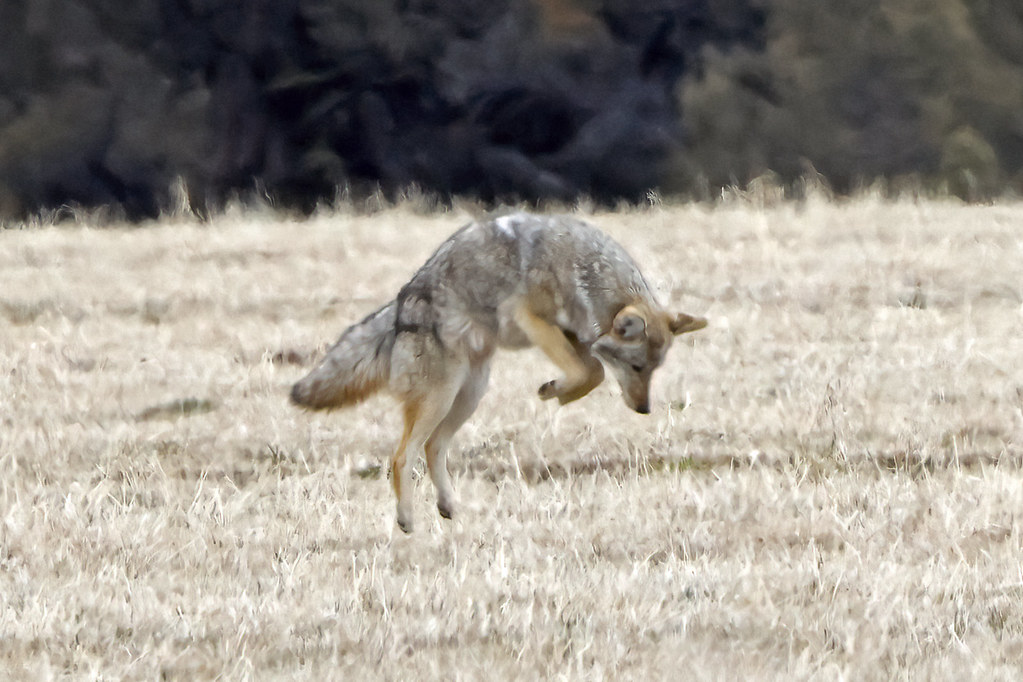As pet owners, we all want the best for our furry friends. And when it comes to feeding our big pups, choosing the perfect diet can be a daunting task. With so many options available on the market, it’s easy to get lost in the sea of information and conflicting advice. But fear not, because in this article, we’ll be sharing some tips and tricks to help you make an informed decision when it comes to feeding your big pup. From understanding their nutritional needs to navigating the various types of dog food, we’ve got you covered. So, let’s get started on the journey to finding the perfect diet for your furry companion!
1. “Big Appetites, Big Responsibilities: Navigating the World of Dog Food for Large Breeds”
Large breed dogs require a different kind of diet than their smaller counterparts. Their size and activity level demand a higher caloric intake, and their nutritional needs are different as well. Here are some tips for navigating the world of dog food for large breeds:
– Look for food that is specifically formulated for large breeds. These foods will have the appropriate balance of nutrients and calories to meet your dog’s needs.
– Pay attention to the protein content of the food. Large breed dogs need a higher percentage of protein than smaller dogs to maintain their muscle mass.
– Choose food that contains glucosamine and chondroitin. These supplements help to support joint health, which is especially important for large breed dogs who are prone to joint problems.
It’s important to remember that feeding your large breed dog is a big responsibility. You need to make sure that you are providing them with the right nutrition to keep them healthy and happy. By following these tips, you can navigate the world of dog food for large breeds with confidence.
2. “From Kibble to Raw: Finding the Right Nutritional Balance for Your Big Pup”
When it comes to feeding your big pup, finding the right nutritional balance is crucial for their health and well-being. Many pet owners are turning to raw diets as a way to provide their dogs with a more natural and nutrient-rich diet. However, making the switch from kibble to raw requires careful consideration and planning.
First and foremost, it’s important to consult with your veterinarian before making any changes to your dog’s diet. They can help you determine if a raw diet is appropriate for your pup and provide guidance on how to make the transition safely. Additionally, it’s important to do your research and choose a high-quality raw food brand that meets your dog’s nutritional needs. Look for brands that use human-grade ingredients and avoid those that contain fillers or artificial preservatives. Finally, be prepared to invest time and effort into preparing your dog’s meals, as raw diets require more preparation and storage than kibble. With the right planning and guidance, a raw diet can be a healthy and rewarding choice for your big pup.
Some tips for making the switch to a raw diet include gradually introducing new foods to your dog’s diet, starting with small amounts and increasing over time. It’s also important to monitor your dog’s weight and adjust their portions accordingly. Consider adding supplements to their diet to ensure they are getting all the necessary vitamins and minerals. Finally, be prepared for some trial and error as you figure out what works best for your dog. With patience and dedication, you can find the right nutritional balance for your big pup and help them live a happy and healthy life.
3. “Feeding Your Furry Giant: Expert Advice on Choosing the Best Diet for Optimal Health
When it comes to feeding your furry giant, it’s essential to choose the right diet for their optimal health. Here are some expert tips to help you make the best decision for your pet:
– Consult with your veterinarian: Before making any changes to your pet’s diet, it’s crucial to consult with your veterinarian. They can help you determine your pet’s nutritional needs based on their age, weight, activity level, and health conditions.
– Choose high-quality food: Look for pet food that contains high-quality ingredients, such as real meat, whole grains, and vegetables. Avoid products that contain fillers, by-products, and artificial preservatives.
– Consider your pet’s age: Different life stages require different nutritional needs. For example, puppies need more protein and fat than adult dogs, while senior dogs may benefit from a diet that’s lower in calories and higher in fiber.
– Watch portion sizes: Overfeeding your pet can lead to obesity and other health problems. Follow the feeding guidelines on the pet food label and adjust the portion size based on your pet’s activity level and weight.
– Provide fresh water: Make sure your pet has access to fresh, clean water at all times. Change the water bowl daily and wash it with soap and water regularly.
In addition to choosing the right food, you can also supplement your pet’s diet with treats and supplements. However, it’s essential to choose these products carefully and in moderation. Look for treats that are low in calories and made with high-quality ingredients, and only give them as a reward for good behavior. When it comes to supplements, consult with your veterinarian to determine if your pet needs any additional nutrients or vitamins. By following these expert tips, you can help ensure that your furry giant stays healthy and happy for years to come. In conclusion, feeding your big pup is a crucial aspect of their overall health and well-being. With so many options available, it can be overwhelming to choose the perfect diet for your furry friend. However, by considering their age, breed, activity level, and any health concerns, you can make an informed decision that will keep them happy and healthy for years to come. Remember to always consult with your veterinarian before making any major changes to your dog’s diet, and don’t forget to show them some extra love and affection during mealtime. Happy feeding!

